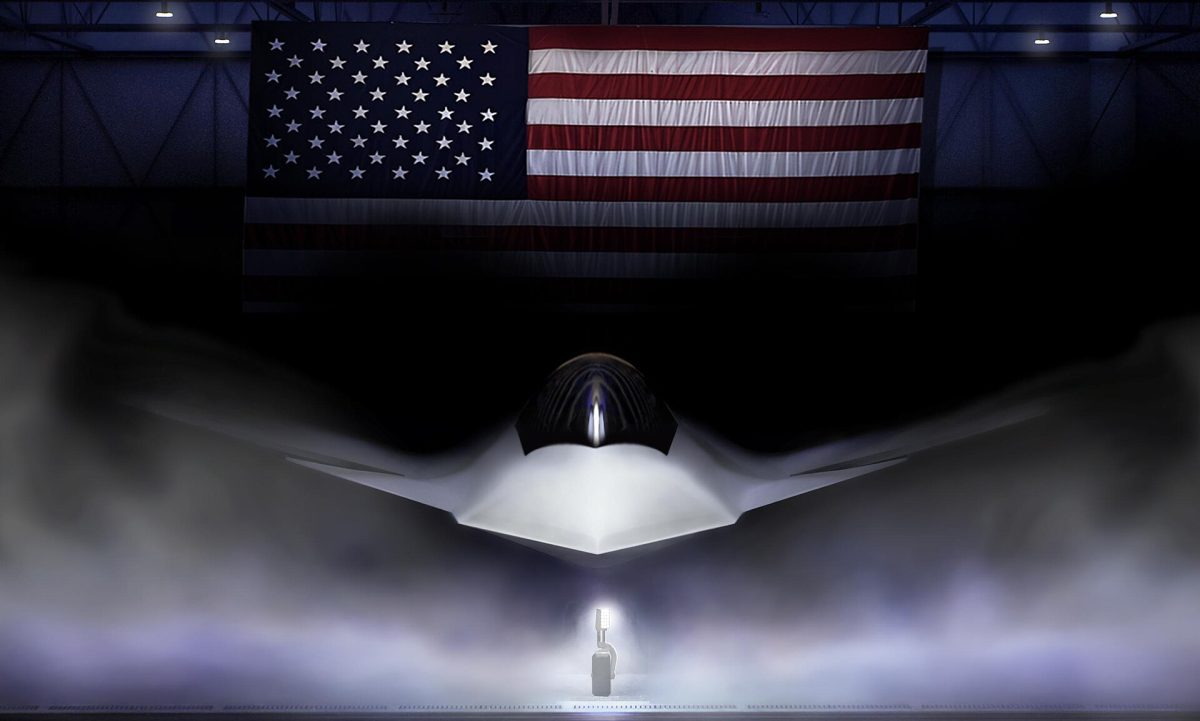In a world of gods and men, there seems to be a shortage of, well, people.
DC Comics and Marvel Comics, the largest competitors in the business of superheroes, have created a combined total of over 400 superheroes in the span of 81 years. Yet the percentage of LGBTQA heroes is, unsurprisingly, very low.
That explains why Catwoman’s recently revealed bisexuality could be the biggest breakthrough for diversity in comics in a long time.
LGBTQA characters are hard to come across, but bisexual female characters are almost impossible, especially those with their own series. That a major comic book character who has appeared countless times on both big and small screens has been revealed to be bisexual is a major success for the LGBTQA community in regards to diversity. However, there is the ever-present fear that Catwoman’s bisexuality may be overly sexualized in order to draw male readers.
“Catwoman #39,” released Feb. 25, featured the well-known antihero kissing a fellow female character, and later her sexuality was confirmed on the blog of the Catwoman writer.
“She’s flirted around it — often quite literally — for years now; for me, this wasn’t a revelation so much as a confirmation,” said writer Genevieve Valentine on her blog. “Was it a surprise for (the characters)? In terms of their sexualities, not particularly; certainly it’s no surprise to Selina that she has an attraction to a woman.”
Valentine described how the romantic tension had been building between the two for a while and will not completely overshadow her connection with Batman
That is not how bisexuality (or humanity) works,” said Valentine. “Selina doesn’t care easily, but when she does care it strikes deep, and there will be plenty of that coming up.”
The quiet and accepting response from the general public is encouraging for the future of diversity in comics.
“(The kiss that revealed Catwoman’s sexuality) was an event that became clear, and there was no publicizing it,” said Ben Marlin, associate professor of mathematics, faculty advisor to the Yachting Club and avid comic book fan. “It was just something that happened because that’s just something that happens in life.”
Unfortunately, comics have a history of using sexual relationships among women to increase readership.
For example, former Teen Titans member Starfire has been recently rebooted into the new comic series “Red Hood and the Outlaws.” Within the series, many aspects of Starfire’s character and past have been changed from her original conception. She conveniently lost her memories, followed orders and quickly began dubious relationships with her two fellow main characters, who are both male.
“There were a handful of staff, mostly other women, who believed the writer was trying to equate being a strong woman with being, frankly, a slut,” said an unnamed source to Bleeding Cool writer Rich Johnston. “No one said that the writer was misogynistic, just that perhaps he was writing from a male perspective.”
The current worry is that this perspective may be applied to Catwoman’s own affairs. However, considering the skill with which the current Catwoman team is handling her character, the problem seems unlikely at the moment. What matters now is where this development could lead the character in later issues.
“It would interesting if DC made its universe different from ours in terms of prejudice (against bisexuals),” said Early College student and comics fan Dylan O’Connor. “But DC has definitely been an activist before, so it would certainly be cool to see them to do that again since they’re kind of losing a lot of ground in other aspects.”
For now, Catwoman fans are right to rejoice. We can only hope Catwoman’s bisexuality will help pave the way for new LGBTQA comic-book characters.












